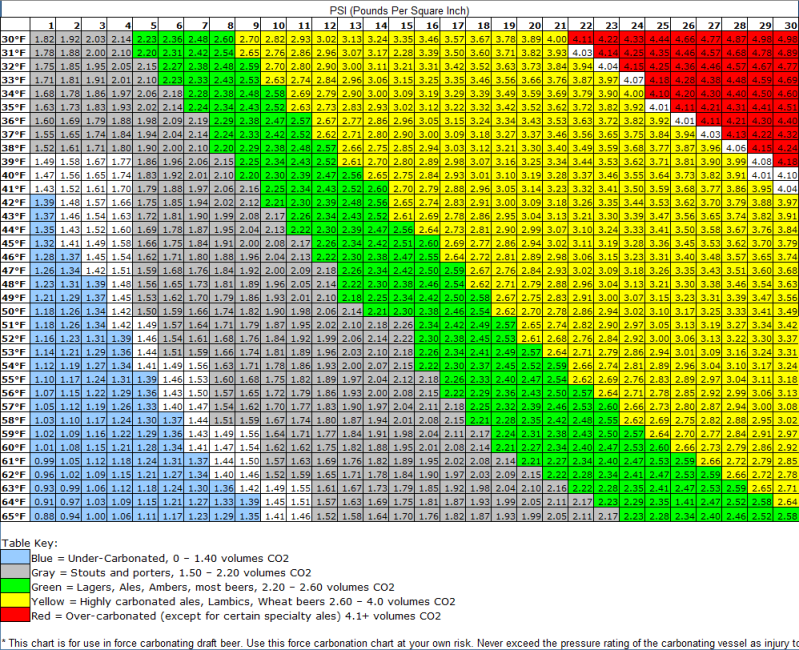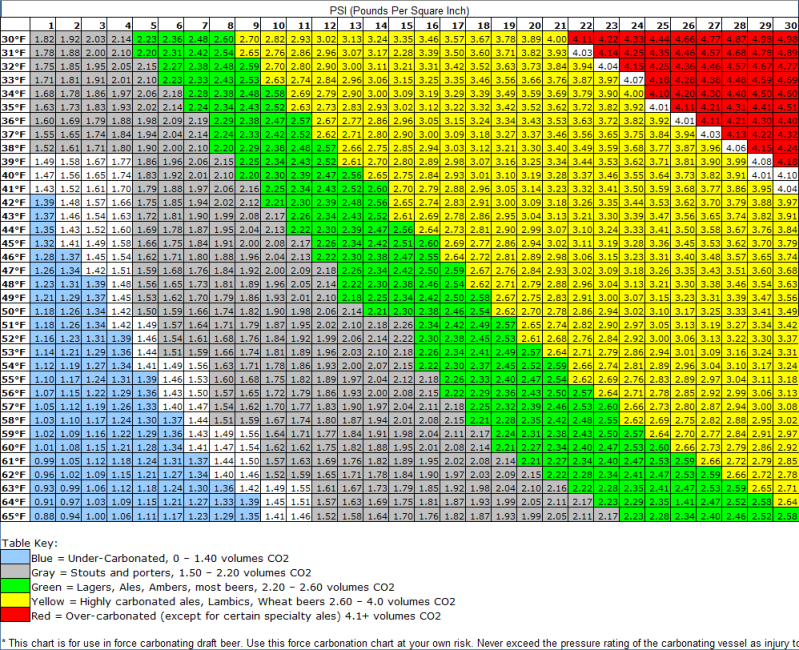I beg to differ about the gases.
They do separate by molecular weight when there is no turbulence. Lighter gases always go up. Think Nitrogen filled balloons the can go up thousands of feet.
Sure gases mix up as their molecular bond is way weaker then in liquids and any turbulence would move them around mixing them but when no turbulence is present they will settle,
IMHO in a tight contained space, where there are no turbulence, the oxygen will go to the top and chances to get in the liquid are low.
And I agree if you would expose the beer for a long long time to the 0.01 % of Oxygen that's in the CO2 tank there is a chance to oxidize but will take a while to do so!
I give my beer no chance to oxidize because I drink it before that happens

Cheers!












































![Craft A Brew - Safale BE-256 Yeast - Fermentis - Belgian Ale Dry Yeast - For Belgian & Strong Ales - Ingredients for Home Brewing - Beer Making Supplies - [3 Pack]](https://m.media-amazon.com/images/I/51bcKEwQmWL._SL500_.jpg)














